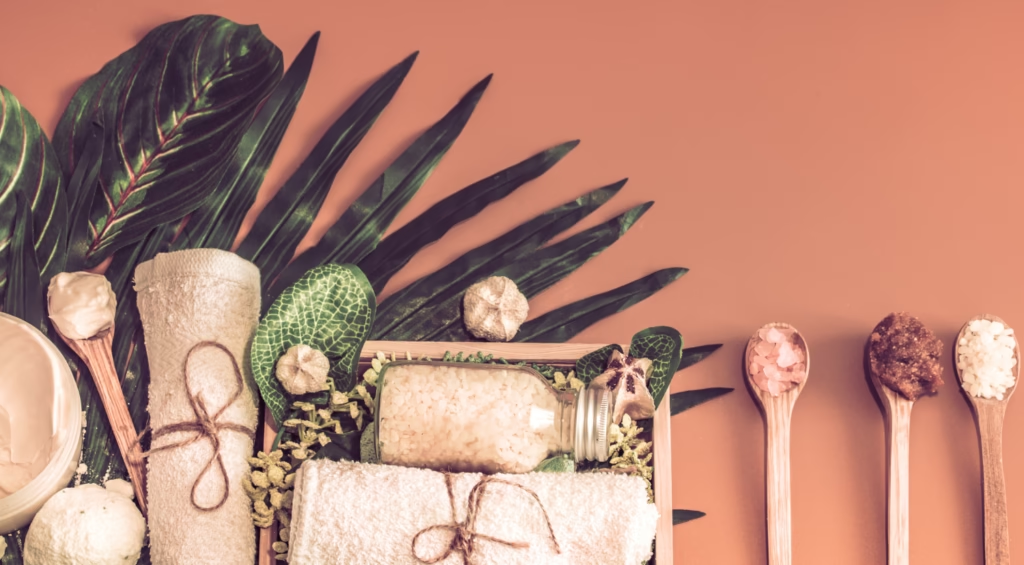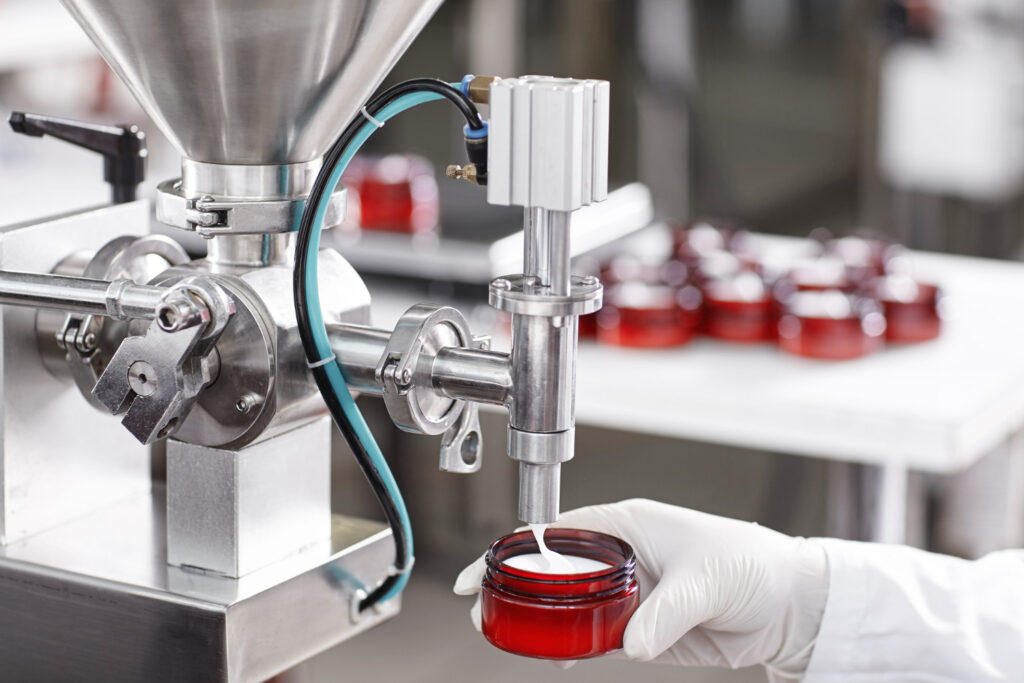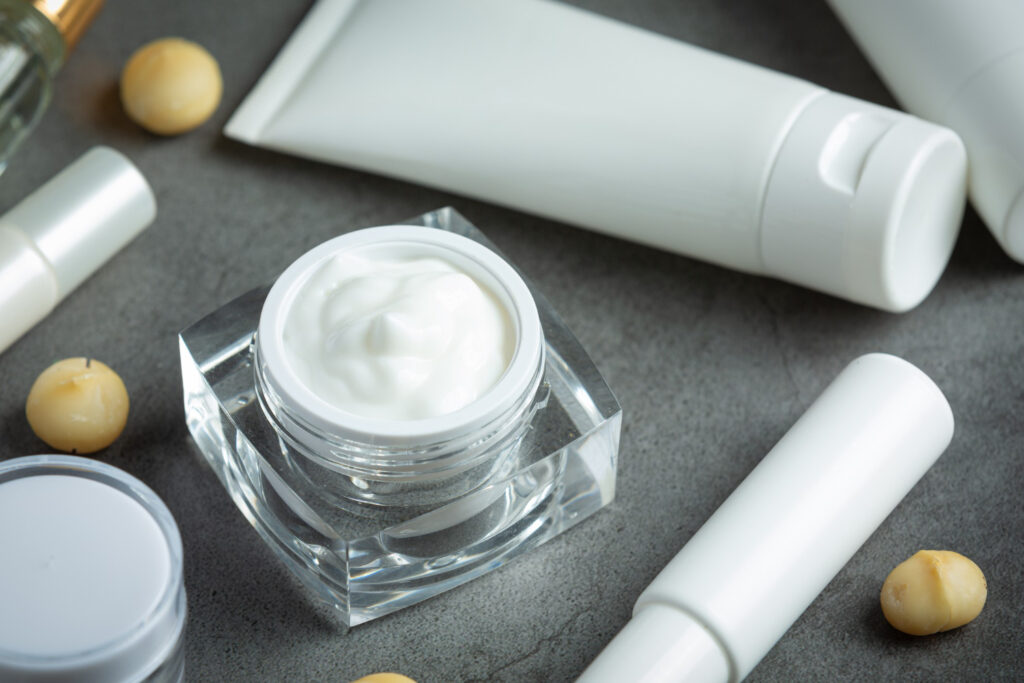
🌏 East Meets West: Why UK and European Beauty Brands Are Tweaking Their Ingredients for Asia
Hey beauty buffs! 💋 Ready for a little behind-the-scenes scoop on your favourite global skincare brands? Well, buckle up and grab your matcha latte because today we’re diving into something juicy—why UK and European beauty brands are switching up their formulas for the Asian market. Spoiler alert: it’s about more than just a different skin tone or climate. Let’s get into it! 💄🌱

1.Wait, They Change the Ingredients?! 😱 🚨
Yep, that dreamy serum you bought in London might have a different recipe in Seoul or Shanghai. Why? Because beauty isn’t one-size-fits-all—especially when you’re navigating different cultures, climates, and regulations.
From fair skin obsessions in parts of Asia to Europe’s love affair with that “sun-kissed glow,” beauty standards couldn’t be more different. And beauty brands? They’re doing their homework to keep up. 📚💅

2. ✨ Cultural Beauty 101: West vs. East
Let’s break it down:
In Asia: Think porcelain skin, glassy complexions, and skincare that starts in your teens. White tea, rice water, 10-step routines—the works. There’s a cultural legacy of fair skin = status, and that still drives buying habits today.
In the West: Golden tans, beachy vibes, and glowy “I woke up like this” skin. Products here focus more on enhancing what’s naturally there—freckles and all!
Translation? What sells in London might flop in Tokyo—unless it’s reformulated, repackaged, and rebranded with cultural flair.

3. 🧪 Regulation Nation: Why Red Tape Rules
One major reason brands tweak their ingredients? Local laws. Regulations in China, South Korea, and Japan can be strict—like “don’t-even-think-about-using-that” strict.
For example:
China’s ingredient ban list just keeps growing (prostaglandins, DEET, mercury—bye!)
Korea has intense standards for ingredient safety and claims.
Japan requires a whole new INCI translation and product warnings.
So, what’s a British serum to do? Reformulate, baby! 💅

4.🌿 Clean, Green, and Asian Market Queen
Another biggie? The clean beauty movement is on fire in Asia. Post-pandemic, consumers there want:
🌱 Natural, sustainable, and eco-conscious products
🌼 Wellness-driven ingredients (hello, probiotics and microbiome-friendly formulas!)
🧘♀️ Holistic skincare rooted in tradition and backed by science
UK brands are catching on fast—swapping out sulfates, microplastics, and controversial preservatives for upcycled botanicals and lab-grown actives. It’s the new beauty gold standard.
5. 🛍️ Marketing to Match the Mood
Even marketing needs a makeover when crossing continents. In Asia:
Local shoppers love customised beauty solutions
K-pop idols and skincare rituals influence buying decisions
There’s a demand for functionality AND storytelling
So brands are ditching the minimalism and diving into emotional, heritage-rich branding that resonates. And let’s not forget the omnichannel takeover—from TikTok to Taobao, you’ve got to be everywhere.
6. 🧬 Science Meets Skin: New Frontiers in Formulation
Modern beauty isn’t just about pretty packaging—it’s backed by serious science.
We’re talking:
Neurocosmetics for skin stress
Microbiome-friendly formulas
Probiotic serums tailored to Asian skin types
These advancements are helping UK and EU brands bring smart skincare to a highly educated consumer base that’s hungry for innovation.
7. 🧴 Case in Point: Ingredient Makeovers
Take hyaluronic acid—the darling of hydration. It’s a hit everywhere, but in Asia? It needs regulatory approval and label tweaking. ✅
Other common swaps include:
❌ Sayonara to DEET, parabens, and formaldehyde-releasers
👋 Hello to squalane, rice ferment filtrates, and snow mushroom extract
💧 More gel textures, less rich creams (because humid weather, duh!)
8. 🧠 Lessons from the Frontlines: Do It Right or Pay the Price
Some Western brands have flopped in Asia because they:
❌ Ignored local trademark and distribution laws
❌ Failed to understand cultural beauty rituals
❌ Oversold “clean” claims without proof (hello, greenwashing)
Winners? They’re the ones who:
✅ Hire local talent
✅ Invest in R&D tailored to Asian skin
✅ Show real transparency about sustainability and ingredient safety
9. 🔮 What’s Next? Future Trends to Watch
Here’s where UK and EU brands are heading next:
🌿 Sustainability with Substance: Not just lip service—brands are building traceable supply chains and ethical sourcing systems.
🧑⚕️ Science-backed skincare: Expect more biotech, AI-driven personalization, and doctor-developed lines.
🌍 Inclusivity & cultural sensitivity: The “lighter skin is better” narrative is being challenged, and brands are diversifying their shade ranges and messaging.
💡 K-Beauty 2.0: Think fermented ingredients, barrier-care, and self-care rituals. Korean skincare is now the blueprint.
9. 🔮 What’s Next? Future Trends to Watch
Here’s where UK and EU brands are heading next:
🌿 Sustainability with Substance: Not just lip service—brands are building traceable supply chains and ethical sourcing systems.
🧑⚕️ Science-backed skincare: Expect more biotech, AI-driven personalization, and doctor-developed lines.
🌍 Inclusivity & cultural sensitivity: The “lighter skin is better” narrative is being challenged, and brands are diversifying their shade ranges and messaging.
💡 K-Beauty 2.0: Think fermented ingredients, barrier-care, and self-care rituals. Korean skincare is now the blueprint.

💬 Over to You!
Have you noticed ingredient differences between Western and Asian beauty products? Do you prefer one over the other? Or maybe you’ve found a local Asian dupe that beats your luxury fave? Let’s chat! 👇
As UK and European brands keep expanding east, one thing’s clear: to win hearts (and faces) in Asia, they’ve got to bring their A-game—and the right ingredients. 💖🌎

© beautilab 2024. All Rights reserved.